PODCAST The trials and tribulations experienced by the Bronx through the mid and late 20th century.
In the third and final part of our Bronx history series, we tackle the most difficult period in the life of this borough — the late 20th century and the days and nights of urban blight.
The focus of this show is the South Bronx, once the tranquil farmlands of the Morris family and the location of the first commuter towns, situated along the new railroad. By the 1950s, however, a great number of socio-economic forces and physical changes were conspiring to make life in this area very, very challenging.
Construction projects like the Cross Bronx Expressway and shifts in living arrangements (from new public housing to the promise of Co-Op City) had isolated those who still lived in the old tenements of the South Bronx. Poverty and high crime rendered the neighborhood so undesirable that buildings were abandoned and even burned.
Mainstream attention (from notable television broadcasts to visits by the President of the United States) did not seem to immediately change things here. It would be up to local neighborhood activists and wide-ranging city and state programs — not to mention the purveyors of an energetic new musical force — to begin to improve the fortunes of this seemingly doomed borough.
FEATURING an interview with Inside Out Tours founder and chief tour guide Stacey Toussaint about the new Bronx renaissance.
ALSO: Appearances by Howard Cosell, Sonia Sotomayor, Robert Moses, Grand Wizzard Theodore, and Jimmy Carter!
The Bowery Boys: New York City History podcast is brought to you …. by you!
We are now producing a new Bowery Boys podcast every two weeks. We’re also looking to improve the show in other ways and expand in other ways as well — through publishing, social media, live events and other forms of media. But we can only do this with your help!
We are now a member of Patreon, a patronage platform where you can support your favorite content creators for as little as a $1 a month.
Please visit our page on Patreon and watch a short video of us recording the show and talking about our expansion plans. If you’d like to help out, there are five different pledge levels (and with clever names too — Mannahatta, New Amsterdam, Five Points, Gilded Age, Jazz Age and Empire State). Check them out and consider being a sponsor.
We greatly appreciate our listeners and readers and thank you for joining us on this journey so far. And the best is yet to come!
Construction of the Cross Bronx Expressway required the mass expulsion of residents from their homes
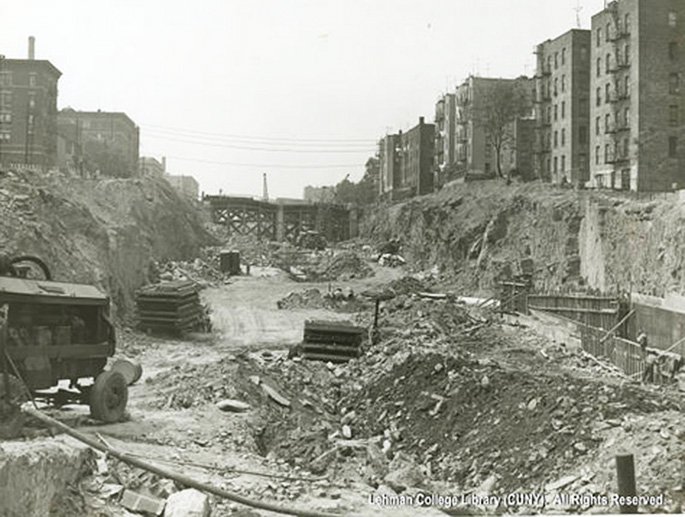
From this overhead view, you can see the areas of the city about to be wiped away by expressway construction. And you can also observe the powerful impact public housing has already had on the landscape
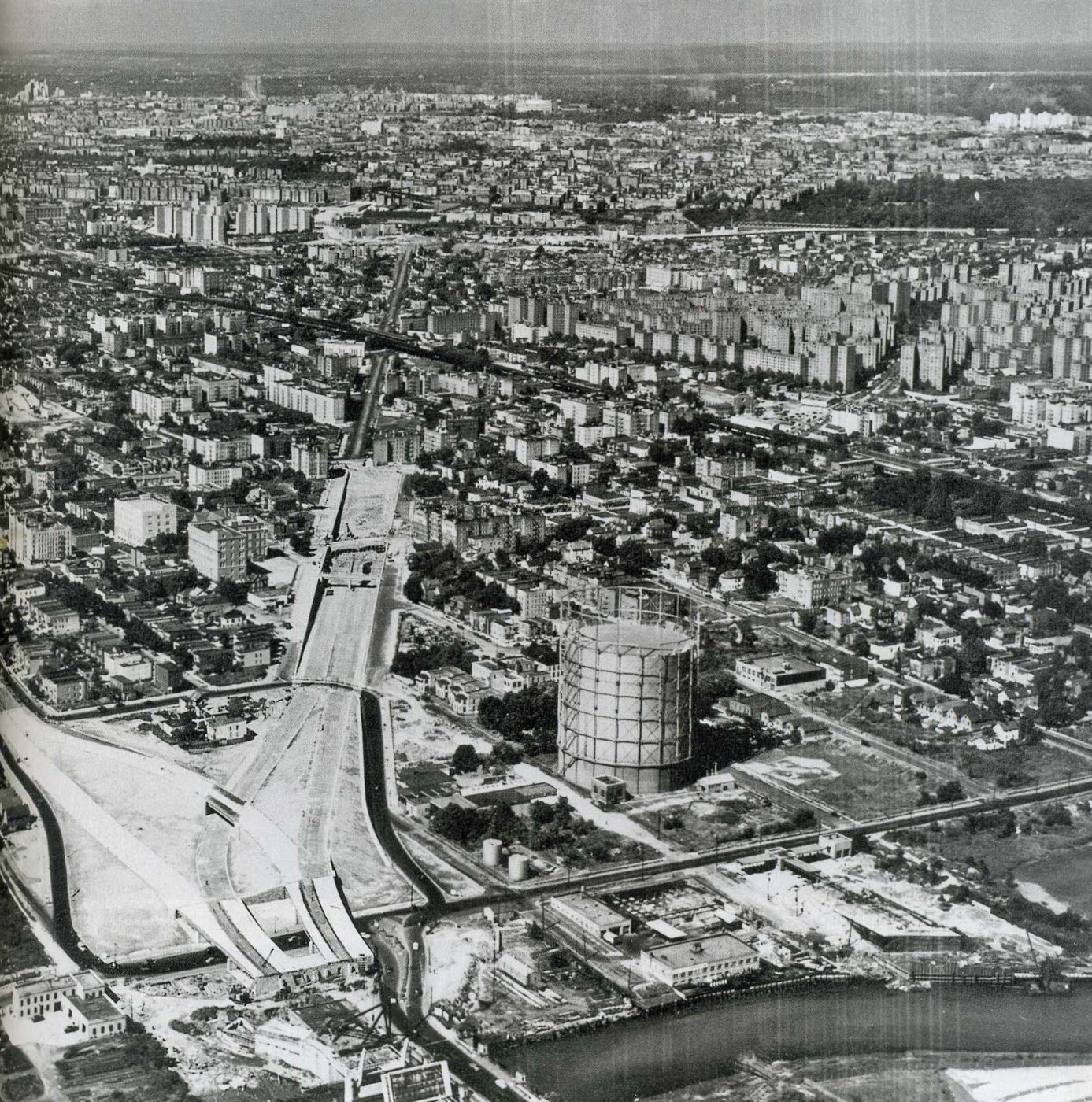
Life on Arthur Avenue, 1940. The Italian sector of the Bronx would only grow larger in the mid 20th century as more Italians from southern areas of New York City migrated to the Bronx
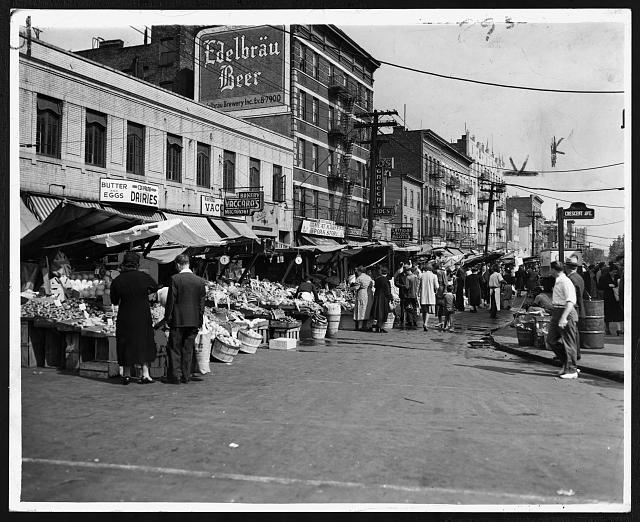
The scene on Macombs Road, 1964
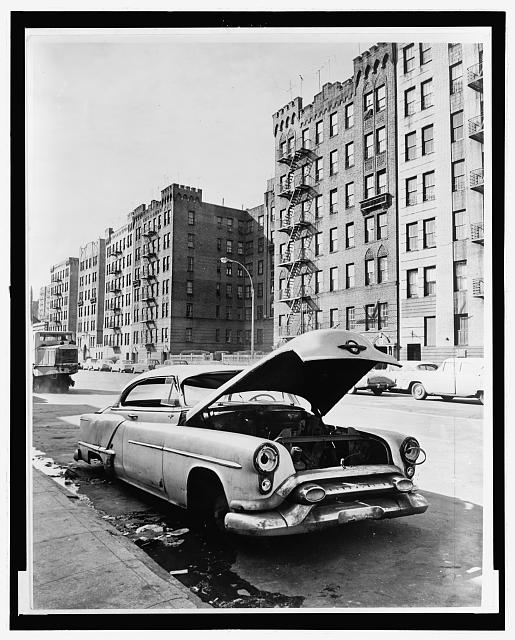
Yankee Stadium in 1969
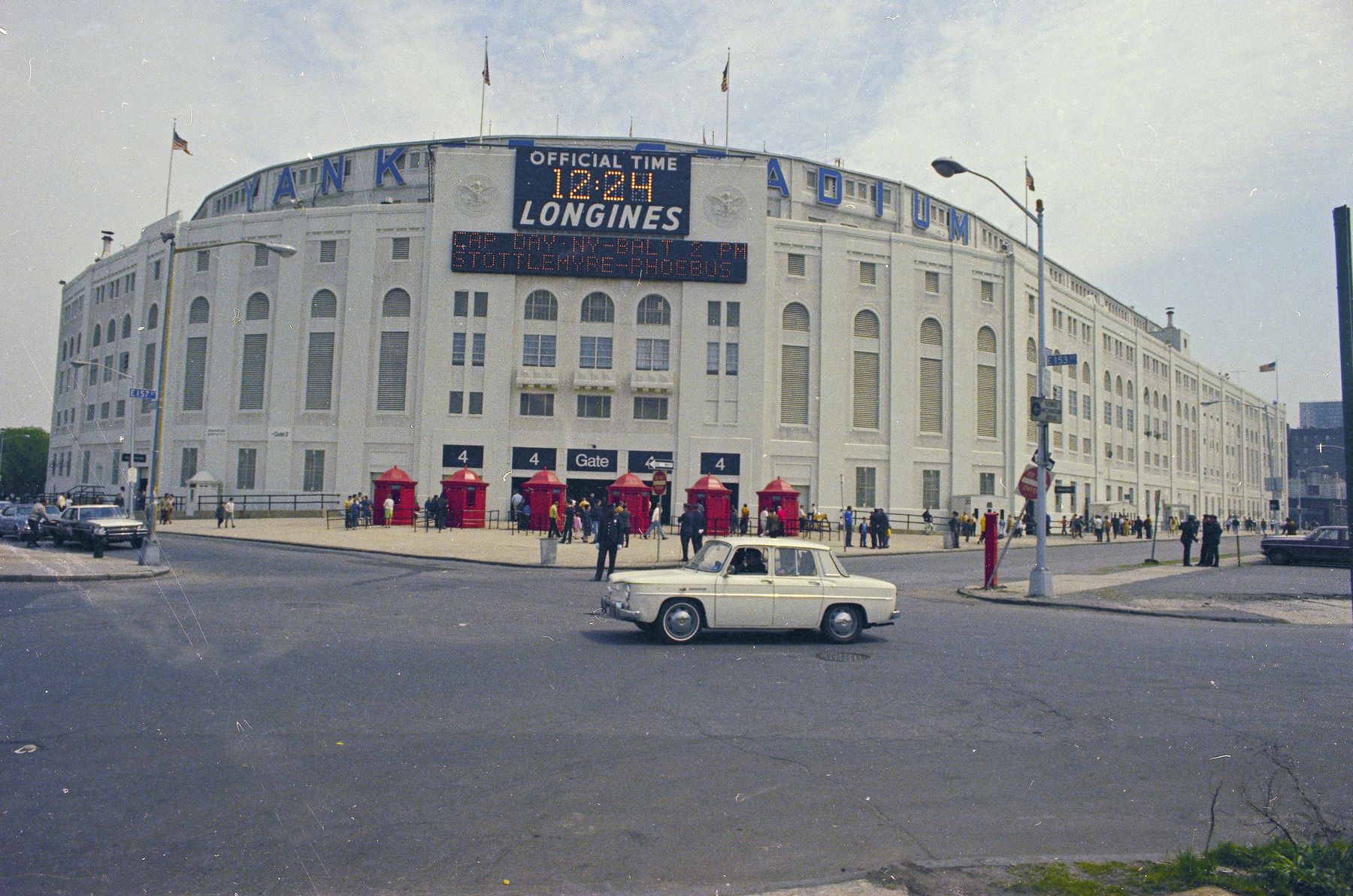
Scenes from the South Bronx, early 1970s, from photographer Camilo J. Vergara, courtesy Library of Congress
Overlooking a portion of the Bronx River, 1970
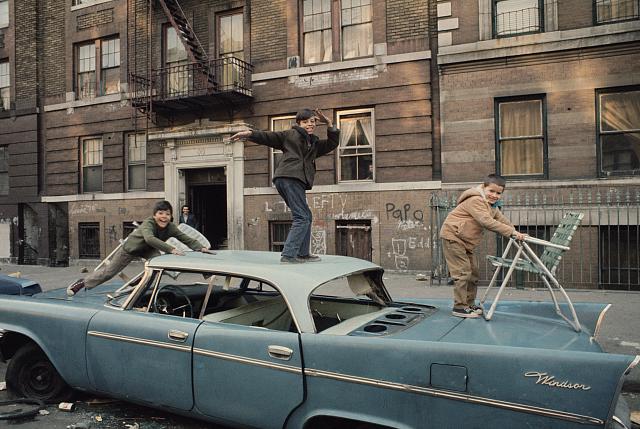
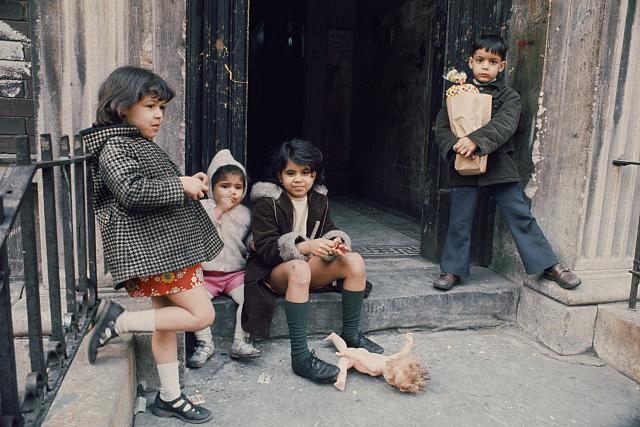
The view from Hunts Point, 1970
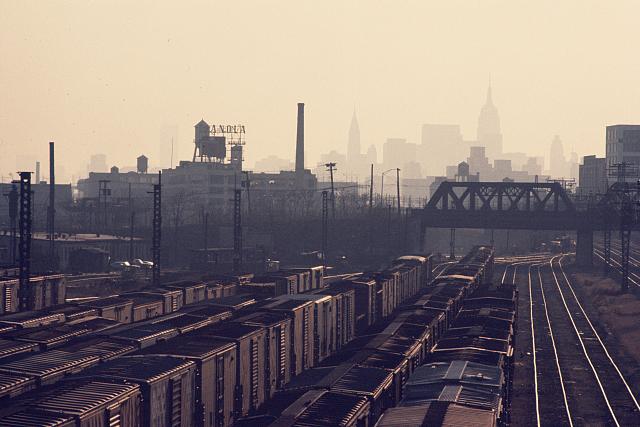
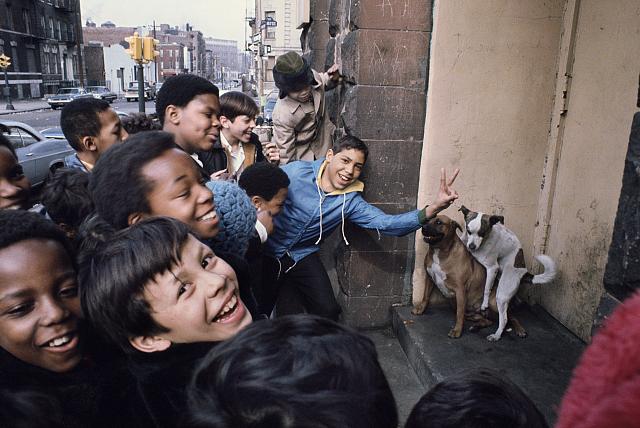
Members of the Reapers gang clean up a lot in the South Bronx, 1972. Photo by Life Magazine photographer John Shearer. Check out the rest of the photos in this series here.
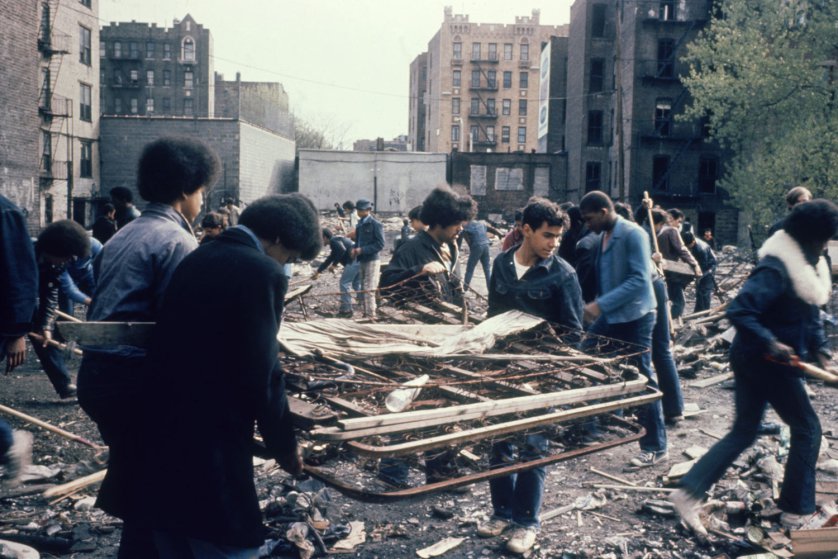
The termination point of the Third Avenue El (around 147th through 149th) which was torn down in 1977.
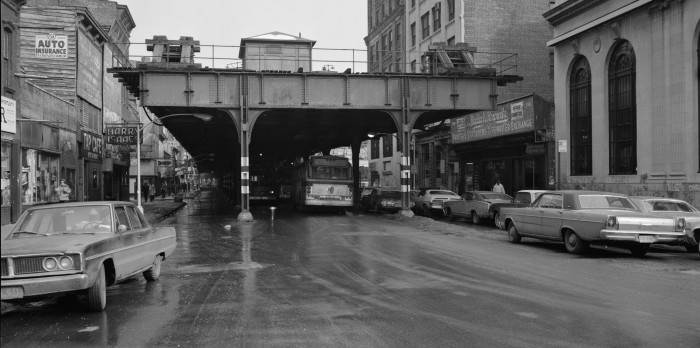
Insanity: One of dozens of fires that occurred in the aftermath of the blackout of 1977.

A child’s baptism at St. Jerome’s Church in the South Bronx
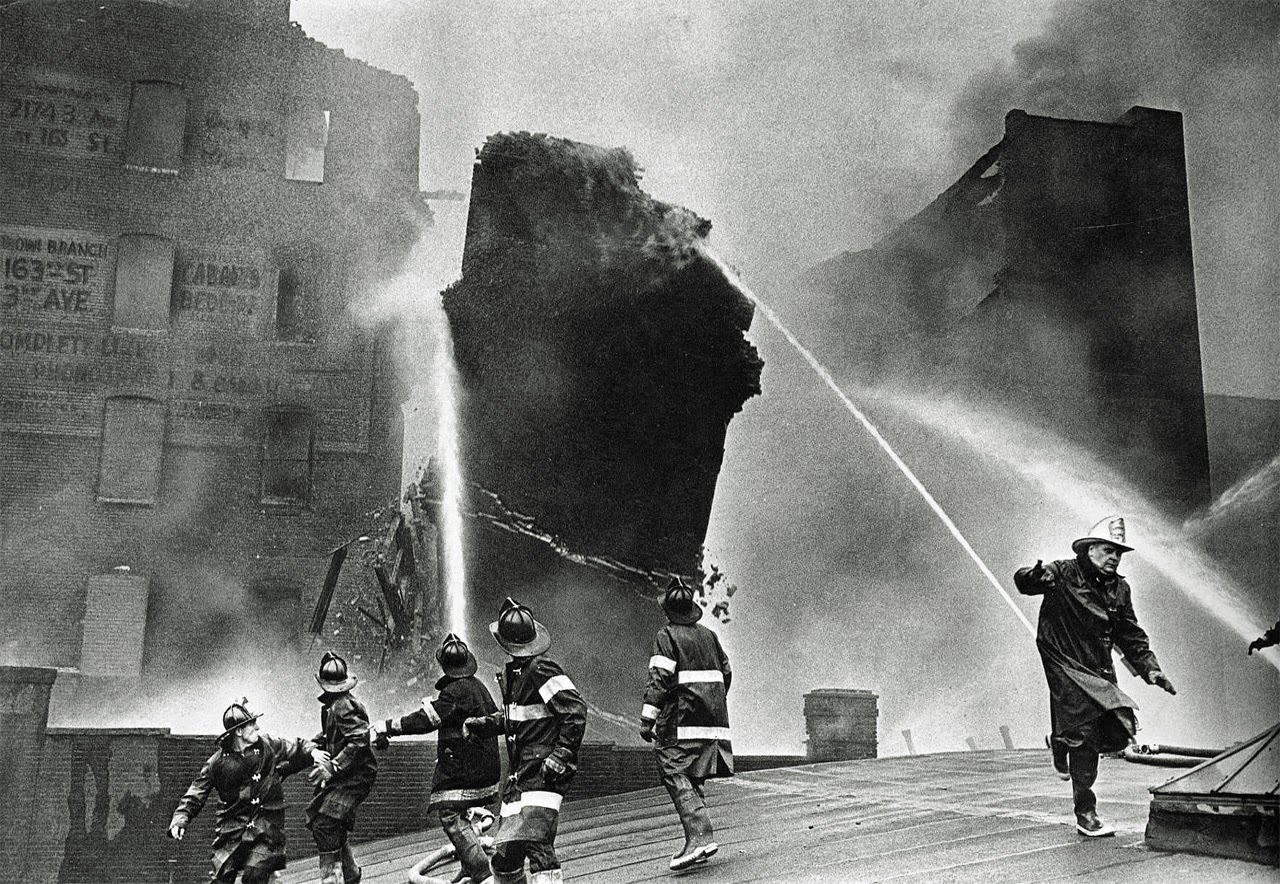
June 1977.
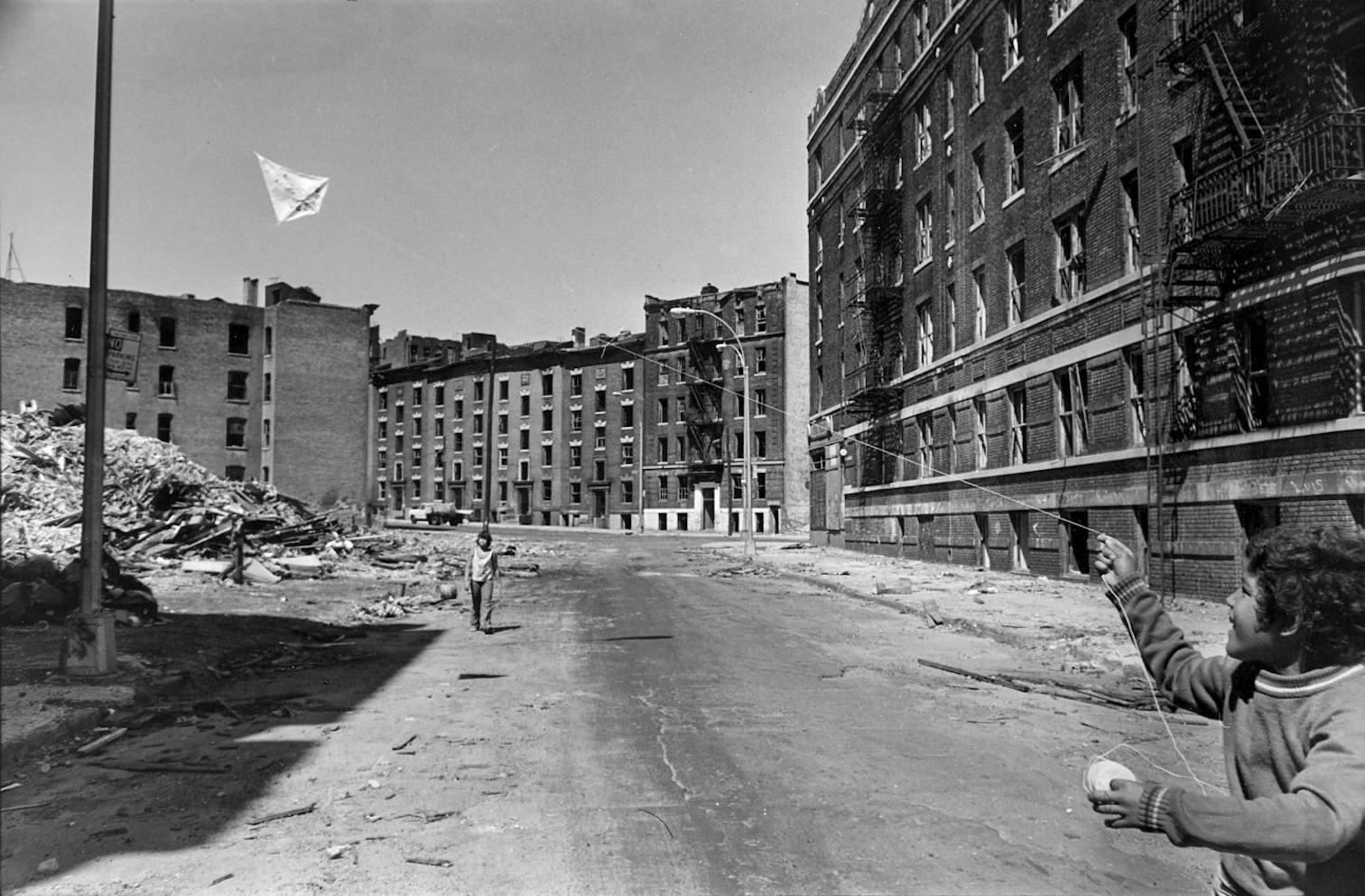
An abandoned building on Charlotte Street was turned into an art project by John Fekner, Broken Promises/Falsas Promesas, 1980
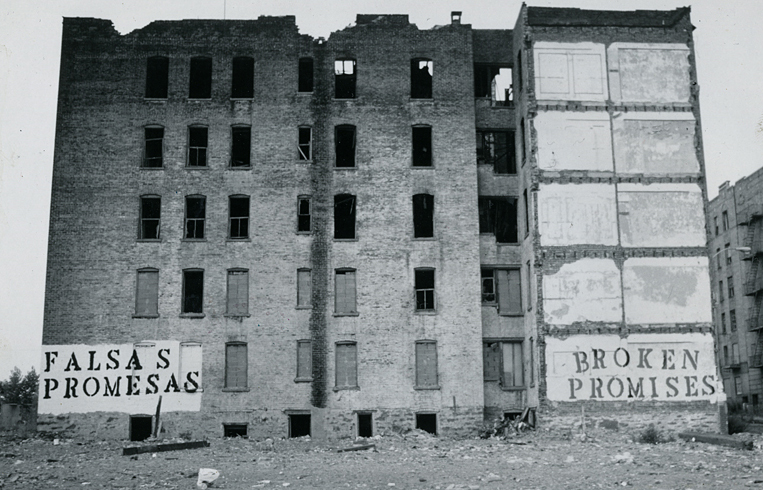
Planting a community garden in a vacant lot, 1980s

A current exhibit at the Museum of the City of New York celebrates the photography of Mel Rosenthal in their show In The South Bronx of America, running until October 16
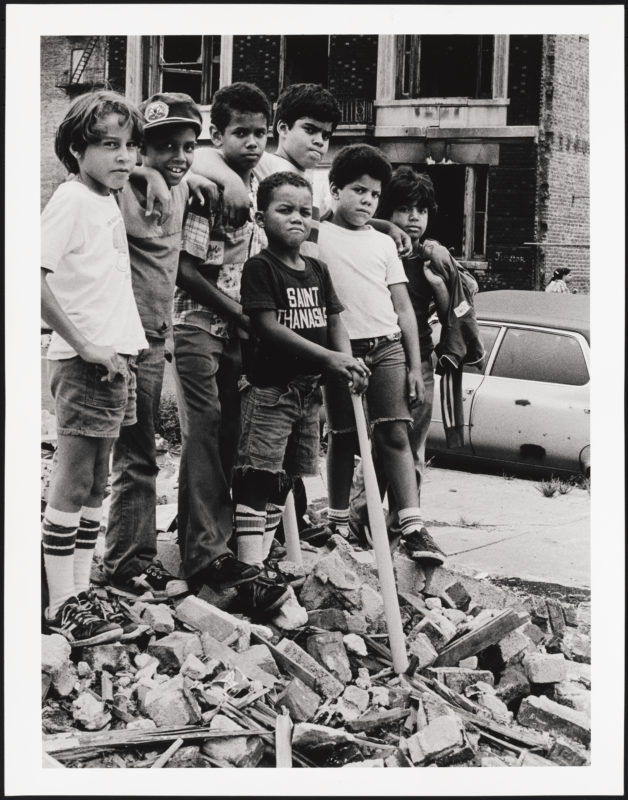
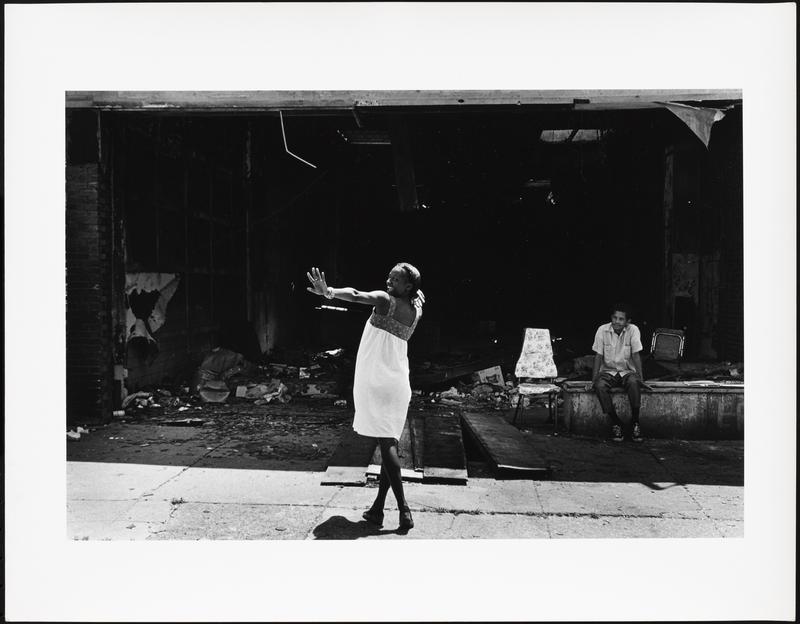
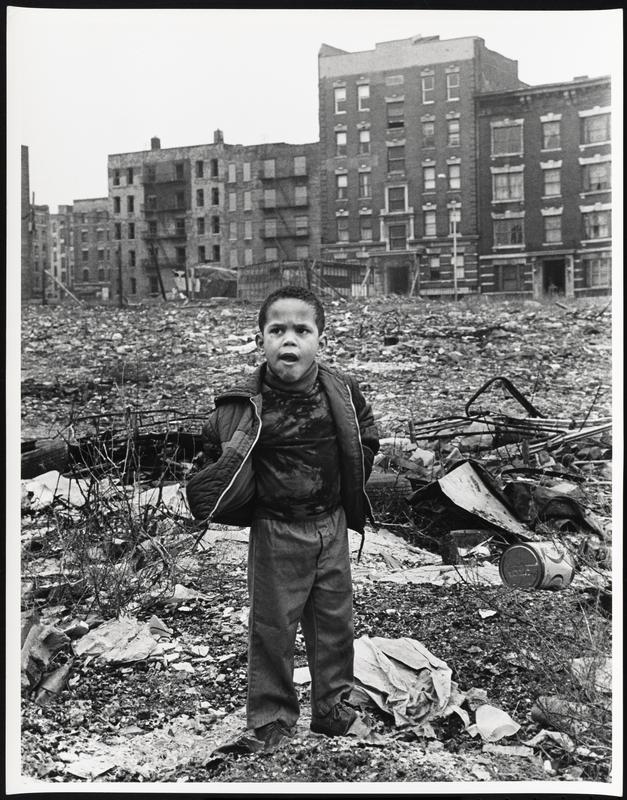
And now a few videos — both of actual events and dramatized, highly exaggerated depictions of the Bronx.
The infamous video from the 1977 World Series between the Yankees and the Dodgers, with Howard Cosell running play-by-play for both the game and the drama outside the stadium.
A film about DJ Kool Herc made in the 1980s
Dramatic video from ABC News of the Bronx as it looked in 1982
A news report about Fort Apache, police precinct in the Bronx. This uses documentary footage (albeit with dramatic music).
Later the film Fort Apache: The Bronx dramatized the events at this police precinct:
The trailer from the exploitation film ‘1990: The Bronx Warriors’ made in 1982

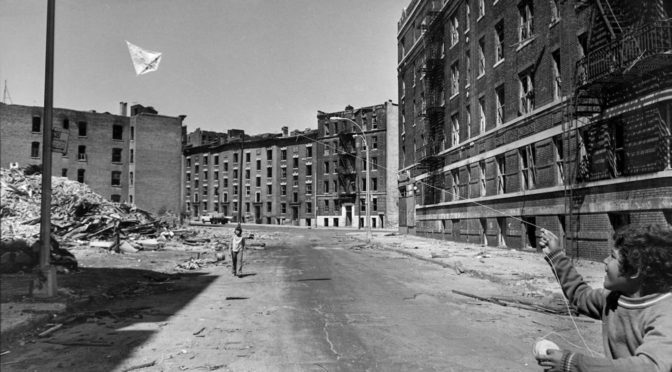
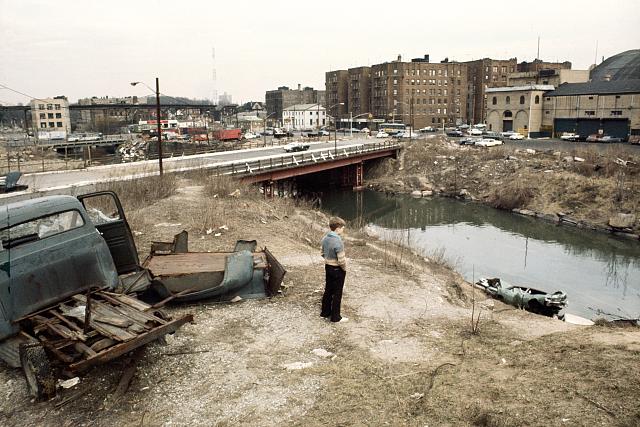
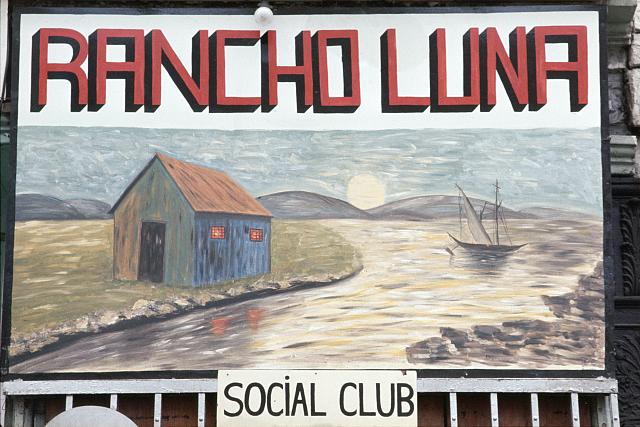

8 replies on “Bronx Trilogy: The Bronx Was Burning (1955 to today)”
Well done post.
I remember going up to the Bronx in the early 70s, it was a sh*thole and no one cared. It’s practically Manhattan now.
My family would drive up the Cross Bronx sometime in the late 70s or early 80s on our way to visit relatives in New Jersey. I remember spring in the back seat and seeing all the burned out buildings. At some point, those empty spaces where windows used to be were replaced by plywood painted with an image of a window pane and a flower pot on the sill. Does anyone else remember that?
Sitting in the back seat. Not spring.
Father Gigante did that…his Brothers were All Gangsters
We were just in the Bronx going to some interesting parks for http://www.parkodyssey.blogspot.com
http://parkodyssey.blogspot.com/2016/10/concrete-plant-park-abc-waterwash-and.html
I’m an 87 year old woman who was born and raised in the Bronx. I moved to Long Island in 1971 but I go back often. I cherish every picture of the Bronx especially the old ones. Thanks for your site.
I agree with Cathrine Philbin’s post.
I was born in the mid 60s, went to school in the Hunts Point area, was raised by strong parents and knew love loss, and sacrifice in the Bronx. Still my memory of that beautiful borough and its struggles make me a proud Bronx girl. When my mom passed away I wrote a play to honor her (“Hummingbird”); it’s my tender, sometimes funny coming of age story in the Bronx. I will bring that show to Theatre Row in New York this October 2023. Thank you for showing that people from an area left to crumble in spite of it all, gave birth to some of the strongest and proudest people in this country.
Bronx4Life!
Damn, Bronx was messy from the 60’s to the late 80’s (and even today, crime is still high in the Southern portion). But unlike back then, even The Hub is safer then the graffiti-infested burnout buildings from the 70’s haha. Either way, nice to see a little history and I hope the kids living in hardship had a great life!